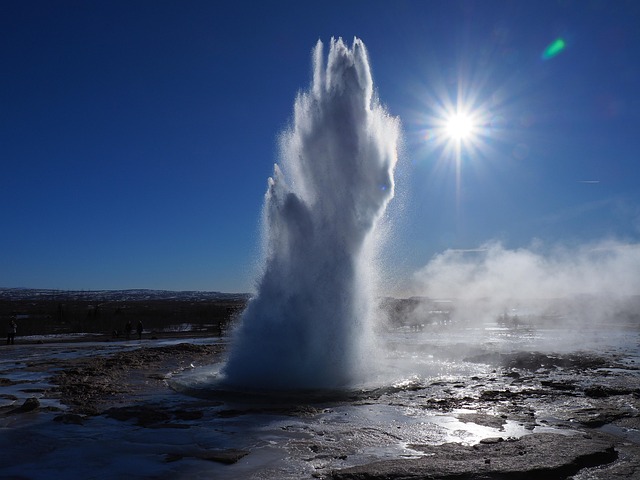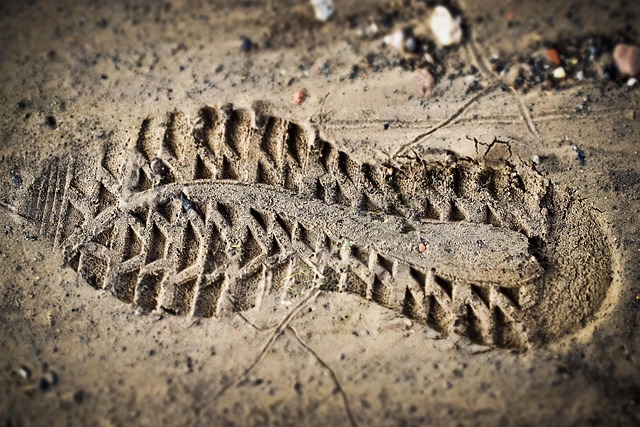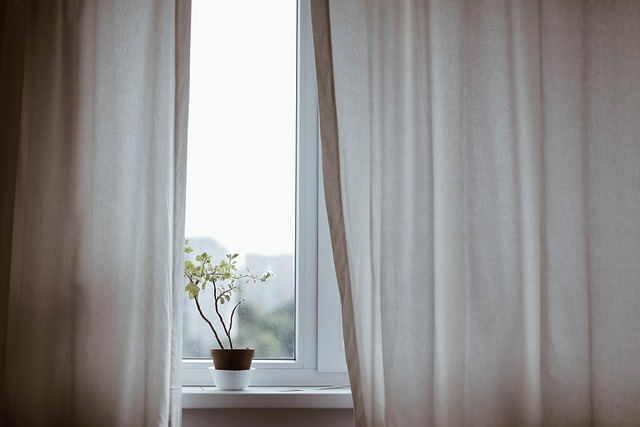Gardening is more than just a hobby; it’s a way to connect with nature and contribute positively to our environment. One of the key elements in a successful flower garden is understanding the pollen sources that support not only your plants but also the entire ecosystem around you. Whether you’re a seasoned gardener or a novice, recognizing these sources will empower you to create a vibrant and sustainable garden.
First and foremost, it’s essential to appreciate the role of pollen in nature. Pollen comes from flowering plants, serving as a crucial food source for bees, butterflies, and other pollinators. These essential creatures help in the reproduction of plants, which supports biodiversity. By consciously including various pollen sources in your garden, you’re not only promoting the health of your flowers but also aiding in the preservation of these vital insect populations.
When planning your flower garden, consider choosing native plants. Native species are particularly well-adapted to local conditions and tend to be richer in nectar and pollen. For instance, coneflowers, black-eyed Susans, and goldenrods are fantastic options that provide abundant pollen sources. They attract numerous pollinators and enhance the overall aesthetic of your garden.
Another aspect to consider is the blooming schedule of your plants. By selecting a variety of flowers that bloom at different times throughout the growing season, you can ensure a steady supply of pollen for your local wildlife. Spring blooms like tulips and daffodils give way to summer flowers such as hydrangeas and daisies, followed by autumn beauties like asters that keep your garden alive and inviting for pollinators.
Utilizing organic gardening practices is another way to create an eco-friendly flower garden. Avoid chemical pesticides that can harm beneficial insects. Instead, opt for natural pest control methods, such as companion planting, which not only protects your plants but also encourages a healthy habitat for pollen sources. Additionally, consider using organic fertilizers to enhance the soil quality, leading to healthier plants that can produce more abundant pollen.
Another tip for enhancing biodiversity is to create a habitat within your garden by adding features like water sources, rocks, and logs. These elements offer shelter for various creatures and create a balanced ecosystem. A small pond can also attract bees and butterflies while providing a drinking spot for them during hot days. The more diverse your garden environment, the more pollen sources you’ll have, thanks to the myriad of plants and animals it supports.
Don’t forget the importance of educating yourself and sharing your knowledge with others. By understanding which plants are the best pollen sources, you can inspire fellow gardeners to make eco-conscious choices in their own spaces. Attend community gardening workshops or join local gardening clubs to exchange ideas and experiences centered around sustainable practices. Your passion and actions can lead to broader community awareness around the importance of nurturing our environment.
In summary, as you nurture your flower garden, take the time to identify and appreciate the pollen sources that contribute to a thriving ecological community. The benefits extend beyond personal enjoyment; they play a significant role in promoting a healthier planet. To build a greener future for both your garden and the environment, embrace these eco-friendly practices and let your garden flourish in full bloom.




